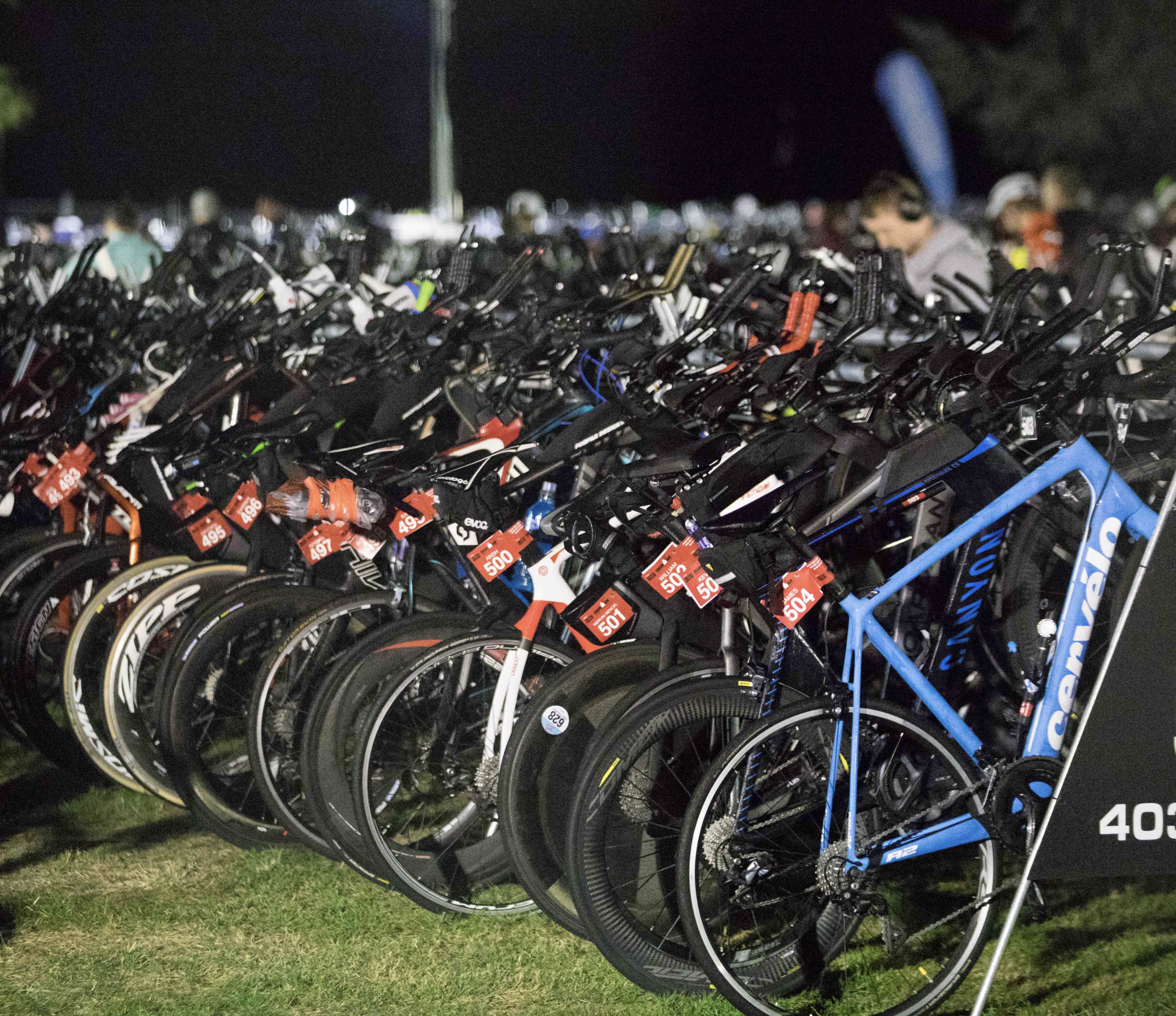Training with Intensity: Why Variety Builds a Resilient Body
Incorporating a variety of intensities into your training program is one of the most effective ways to build a resilient, high-performing body. Focusing solely on one aspect of fitness – like always running at the same pace or on the same terrain – can limit your development and leave untapped potential on the table.
While this principle applies to most sports, it’s especially relevant for runners and triathletes. This article will guide you on how to structure training intensity and explain why it’s essential to train across multiple zones to unlock your full athletic potential.
Why We Need Variety in Training
If you always train at the same intensity, you will only adapt to that level of stress. The result? You become highly skilled at one pace or condition, but lack range, durability, and adaptability – key ingredients for success in races, events and overall performance.
Here’s why variety matters:
- Your body relies on two primary energy systems: aerobic and anaerobic.
- Your muscles contain a mix of slow-twitch and fast-twitch fibers, each serving different roles.
- Different intensities target different systems and fibers, which helps you develop as a complete athlete.
By diversifying your training efforts, you build a body capable of responding to various stresses – be it a hill climb, a sprint finish, or a long steady state effort.
Common Training Mistakes
Many athletes fall into the trap of:
- Training too hard, too often
- Using pace or distance as the only metrics for success
- Spending too much time in the “grey zone” (Zone 3) – not easy enough for aerobic development, not hard enough for anaerobic improvement
While these sessions feel productive, they often result in stagnation, where progress plateaus despite significant effort.
As coach and author Matt Fitzgerald notes, the solution is the 80/20 rule:
- 80% of your training should be at low intensity
- 20% should be at high intensity
This structure helps you train smarter, not just harder.
How to Set Training Intensities
If you’re serious about performance, understanding your heart rate zones is vital. For elite athletes, lab testing provides the most accurate numbers. But for most recreational and competitive athletes, a simplified method works well to get you started.
A Good Starting Point: The MAF Method
- Determine your aerobic threshold using the MAF formula:
- 180 minus your age = approximate aerobic threshold heart rate
- Estimate your anaerobic threshold:
- Add roughly 20 bpm to your aerobic threshold
These numbers give you ballpark heart rate zones to work with.
Then, structure your training like this:
- 80% of sessions at or below your aerobic threshold (very easy pace)
- 20% of sessions with intervals or efforts near or above your anaerobic threshold
This will feel very different at first, especially the easy sessions, but over time you’ll notice:
- Less overall fatigue
- Better recovery
- Greater consistency in training volume
Final Thoughts
It’s true – generic formulas like MAF won’t be perfectly accurate for everyone. Genetics, lifestyle, and fitness history all affect your true thresholds. But even with these limitations, starting with heart rate zones adds structure and variety to your training, which most athletes will benefit from significantly.
As you gain experience, you can fine-tune your training zones through:
- Field tests (e.g., time trials or lactate threshold runs)
- Lab testing for VO₂ max or lactate thresholds
And remember: these changes won’t transform your performance overnight. But with 6 to 8 weeks of smart, consistent training, you’ll start to see meaningful improvements.
Train smart. Train with intention. And most importantly, train with variety to become the most resilient, well-rounded athlete you can be.

